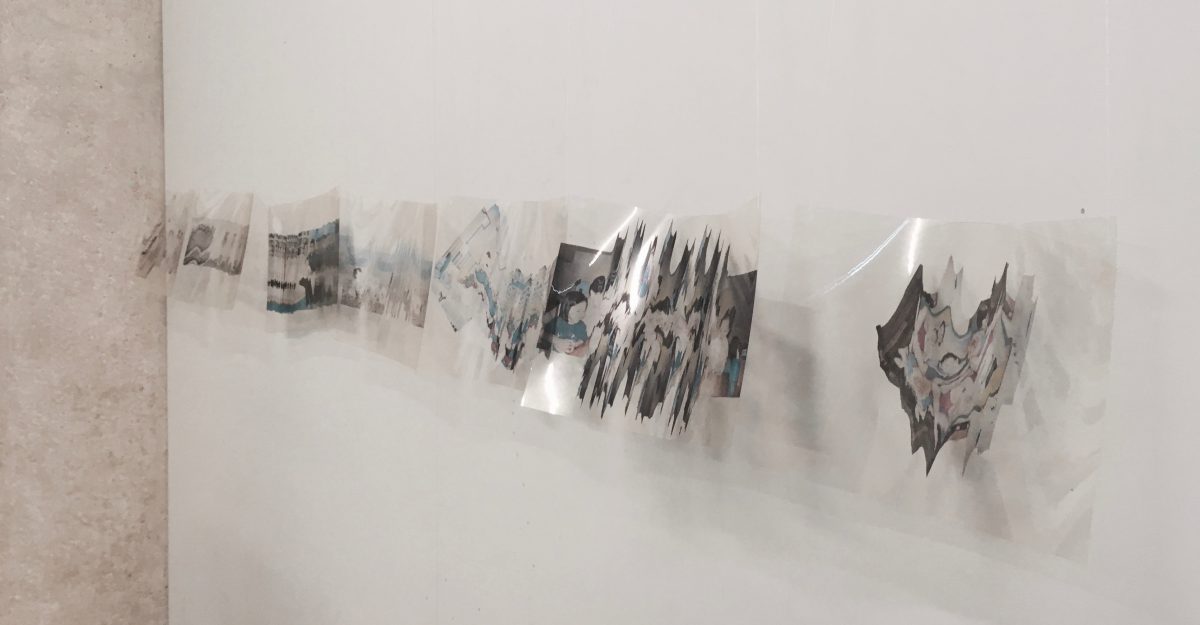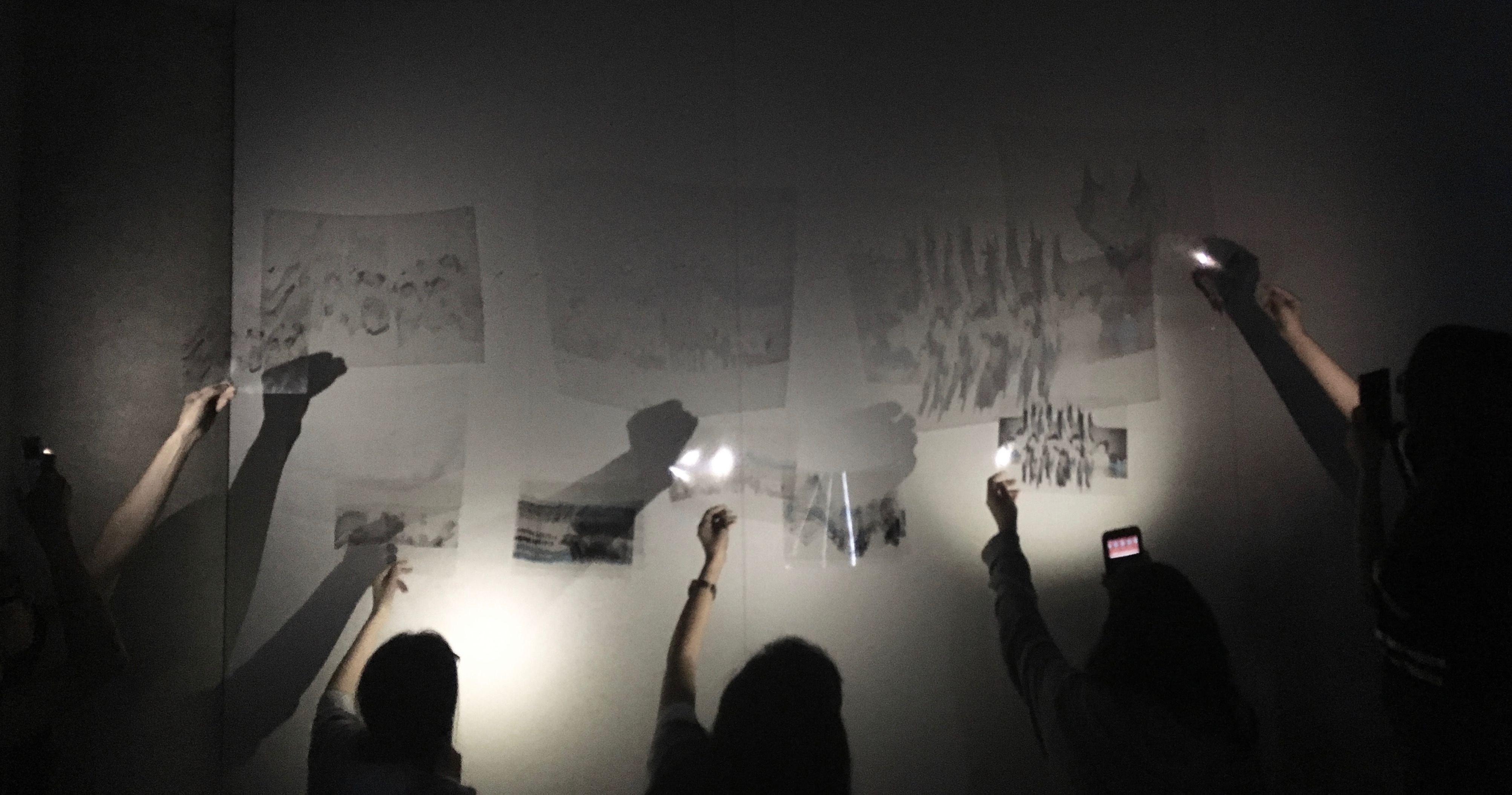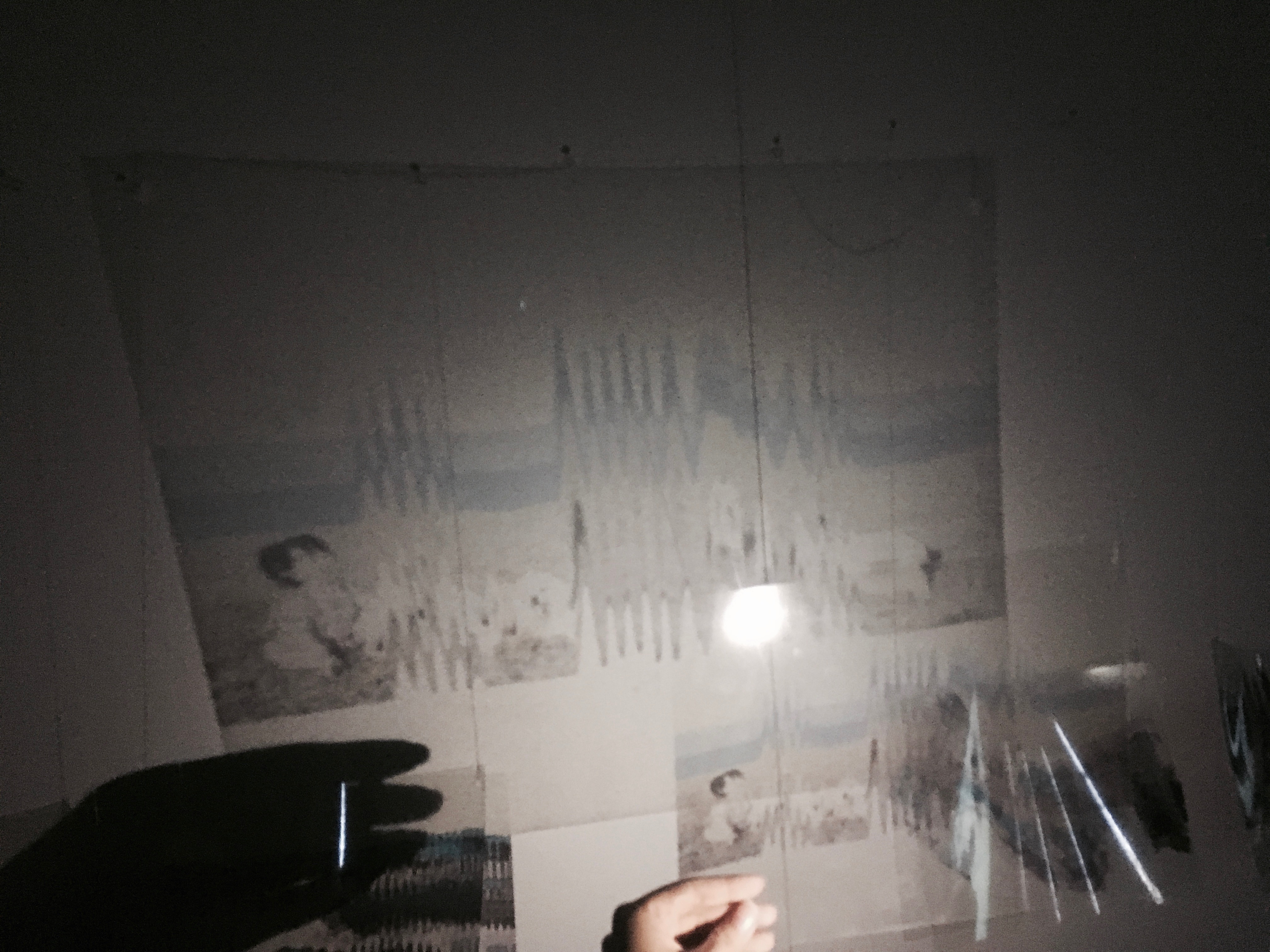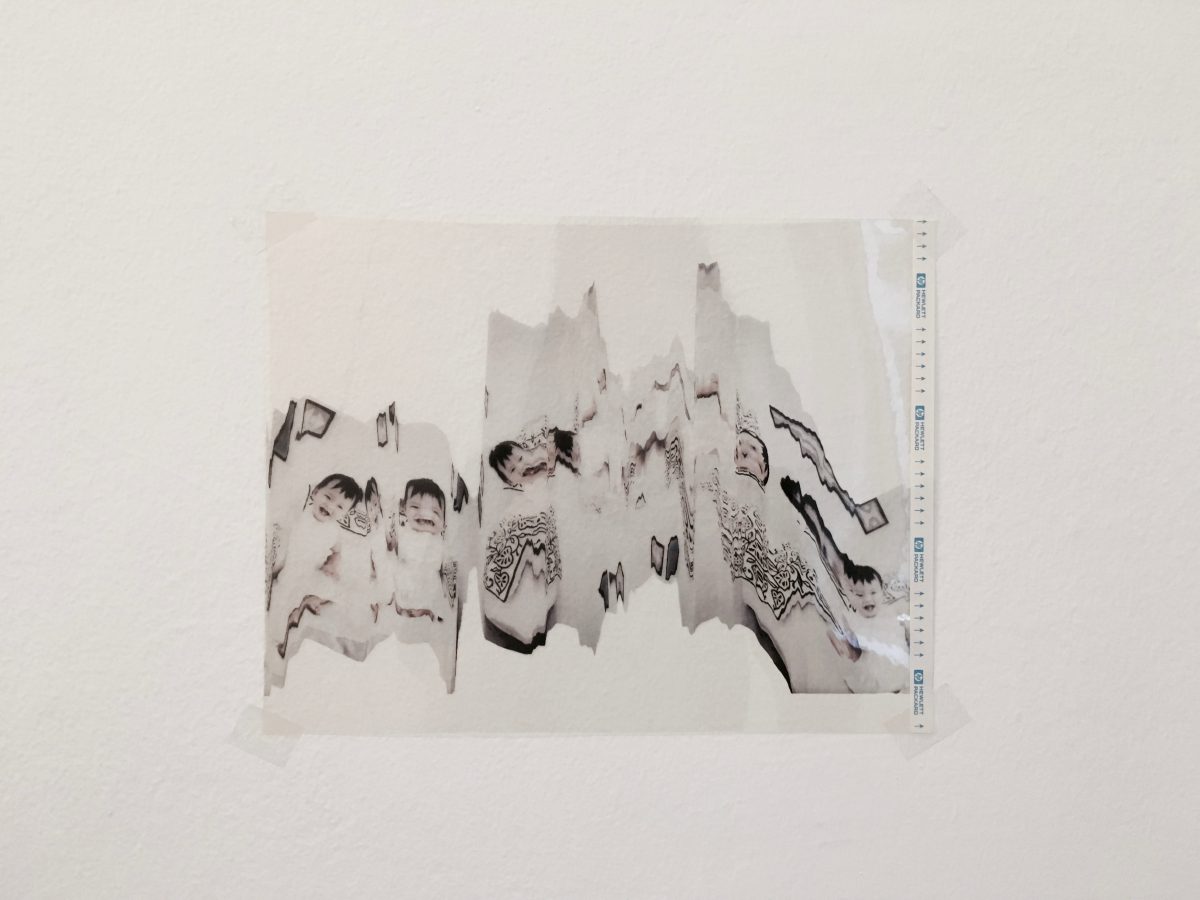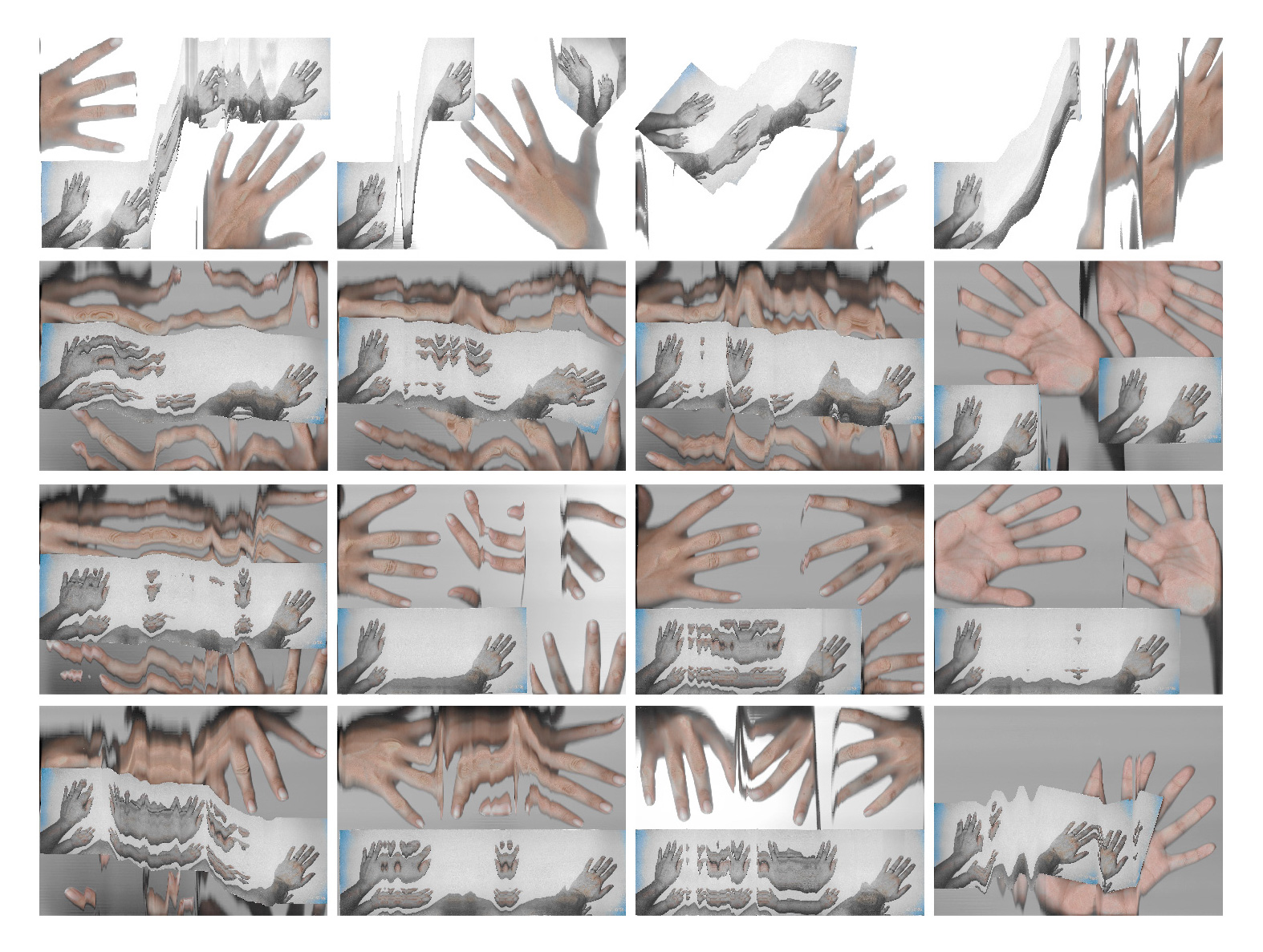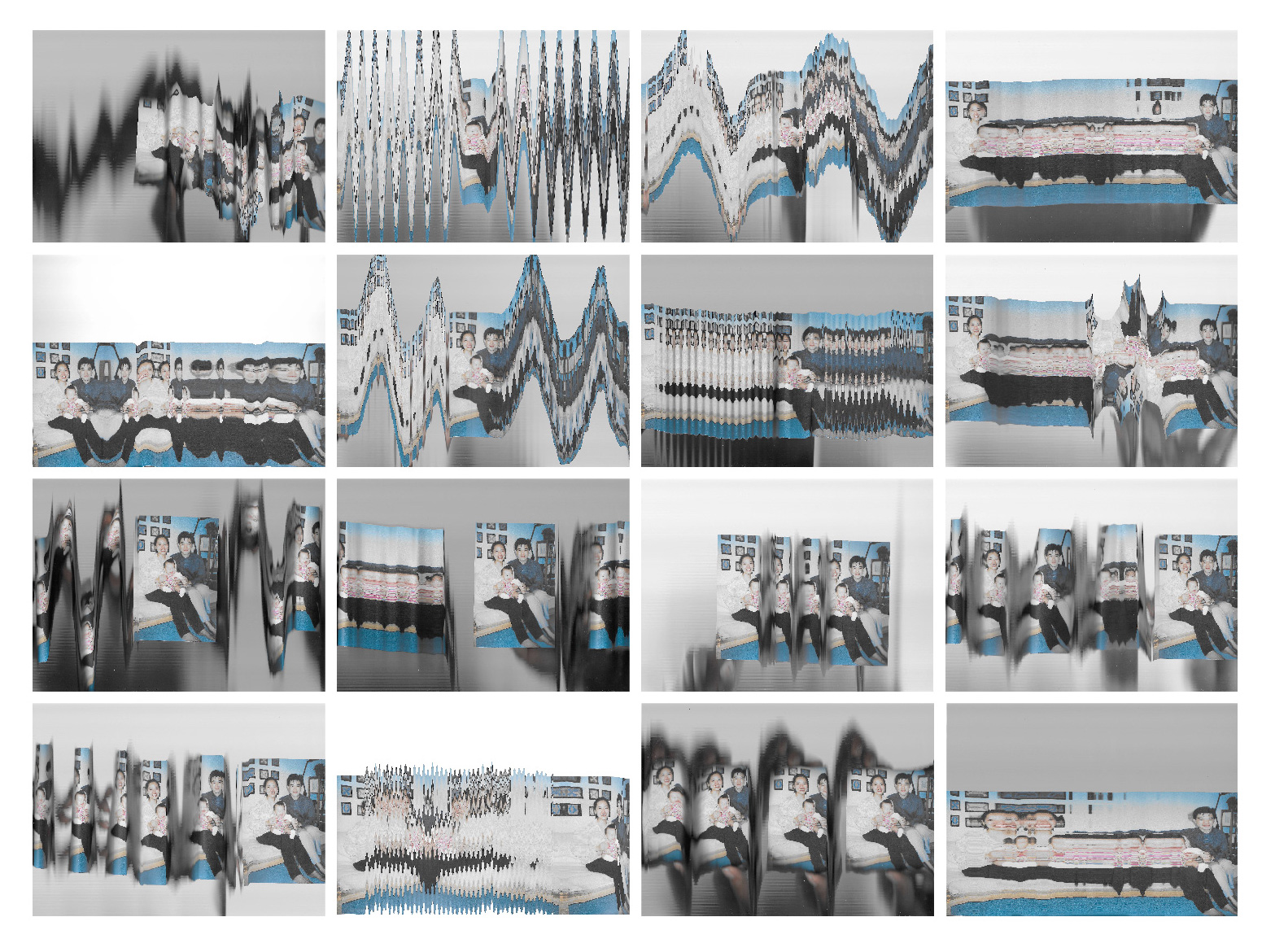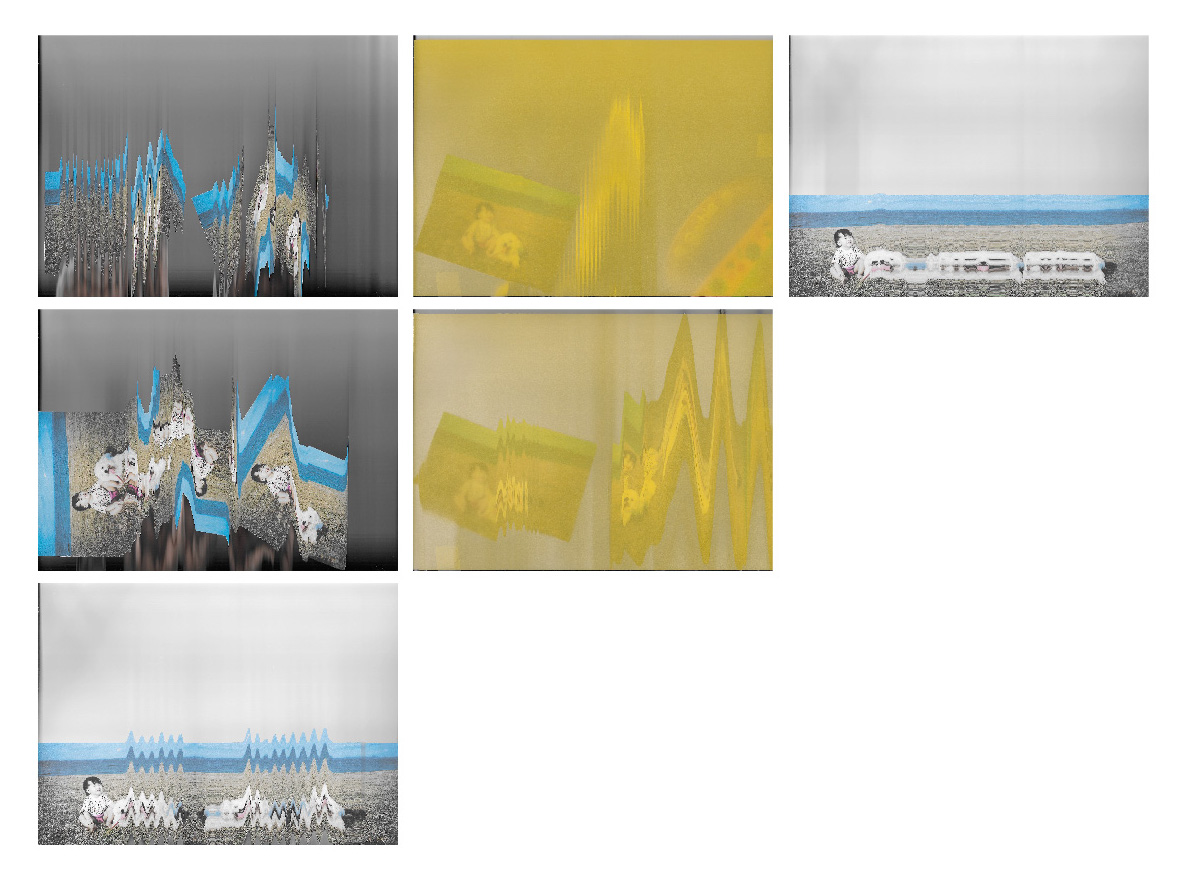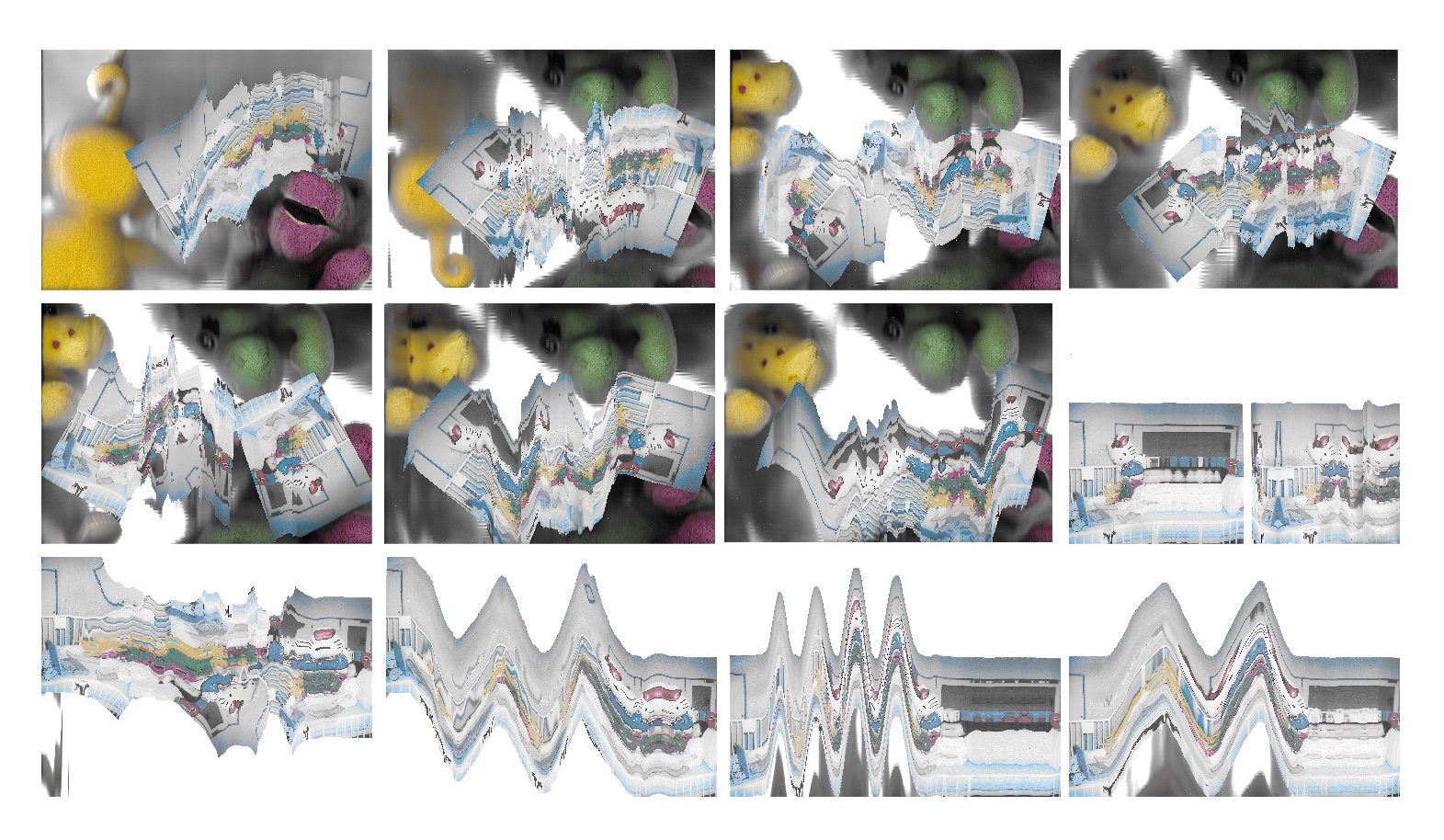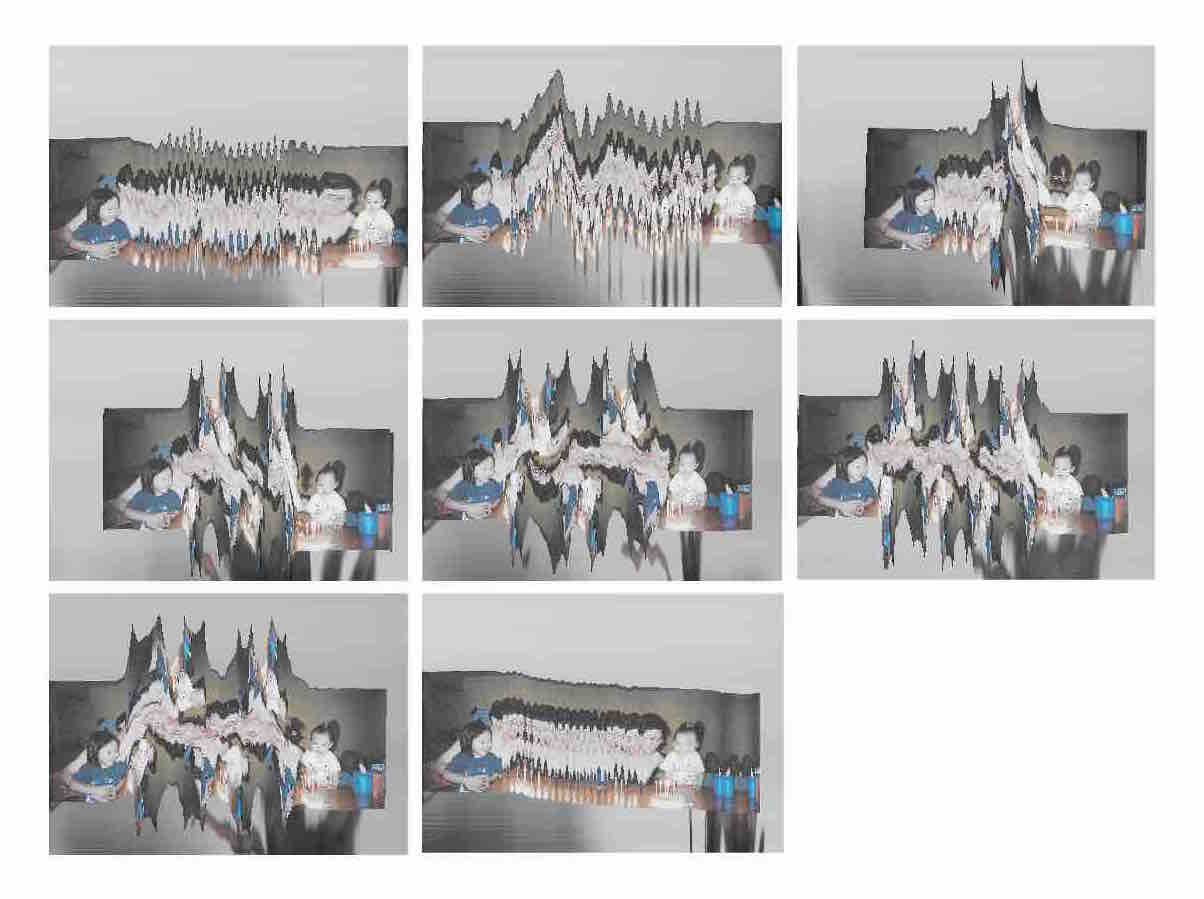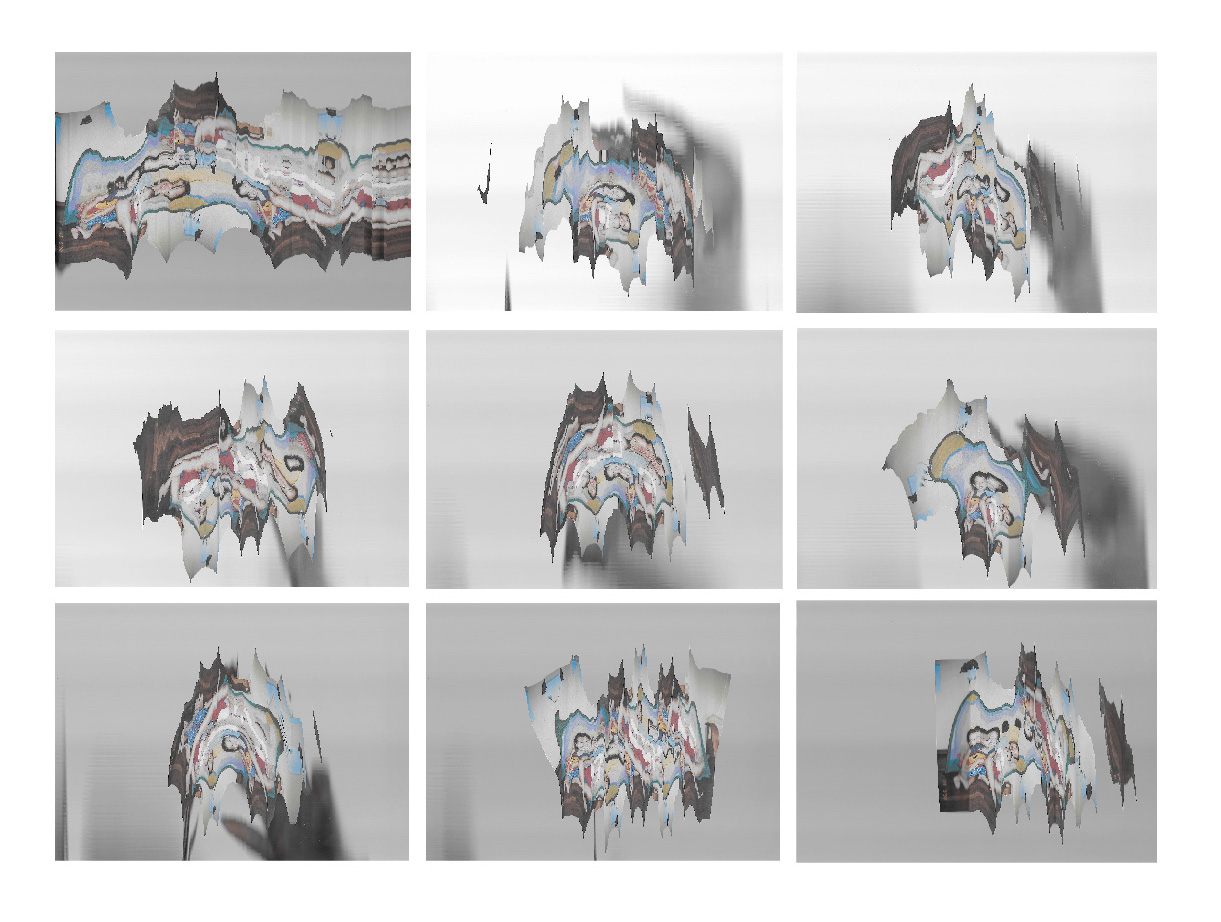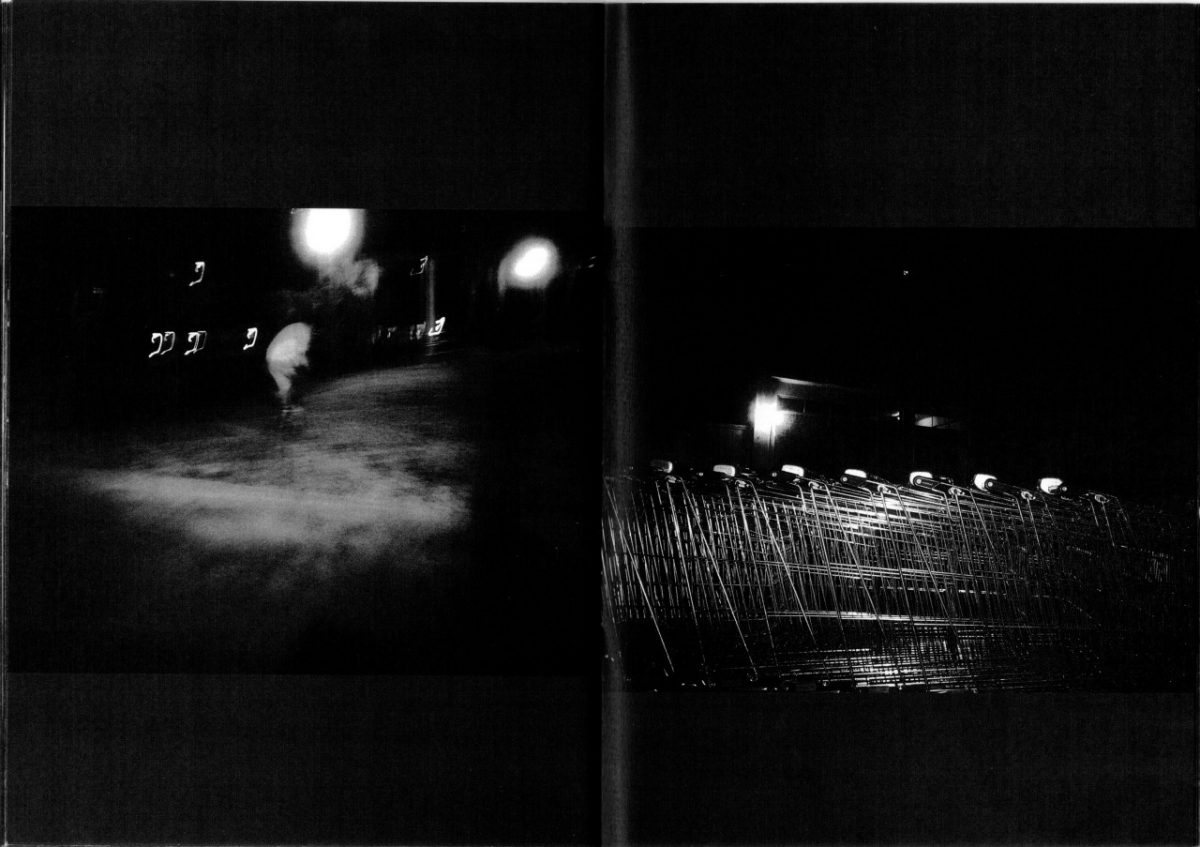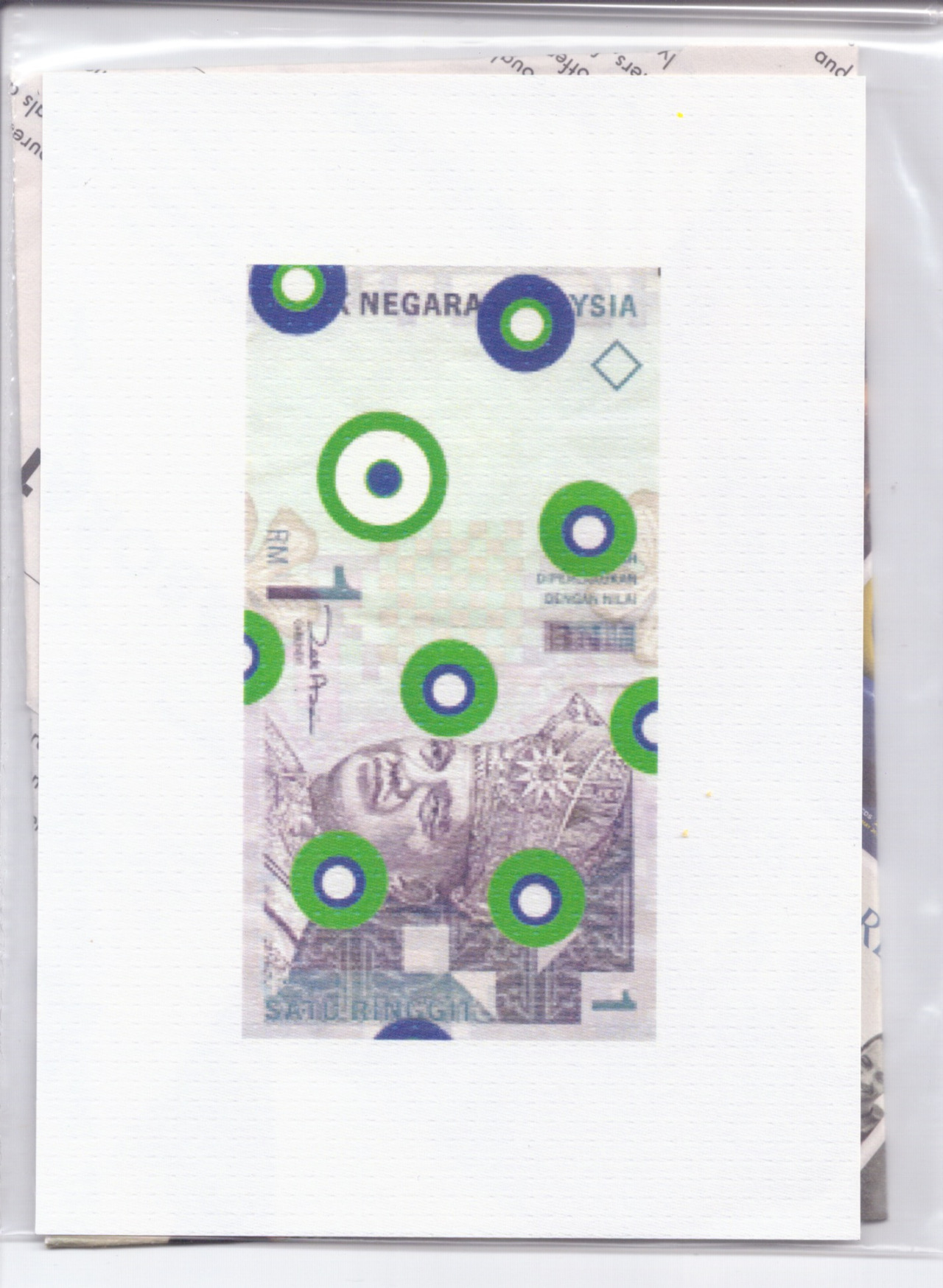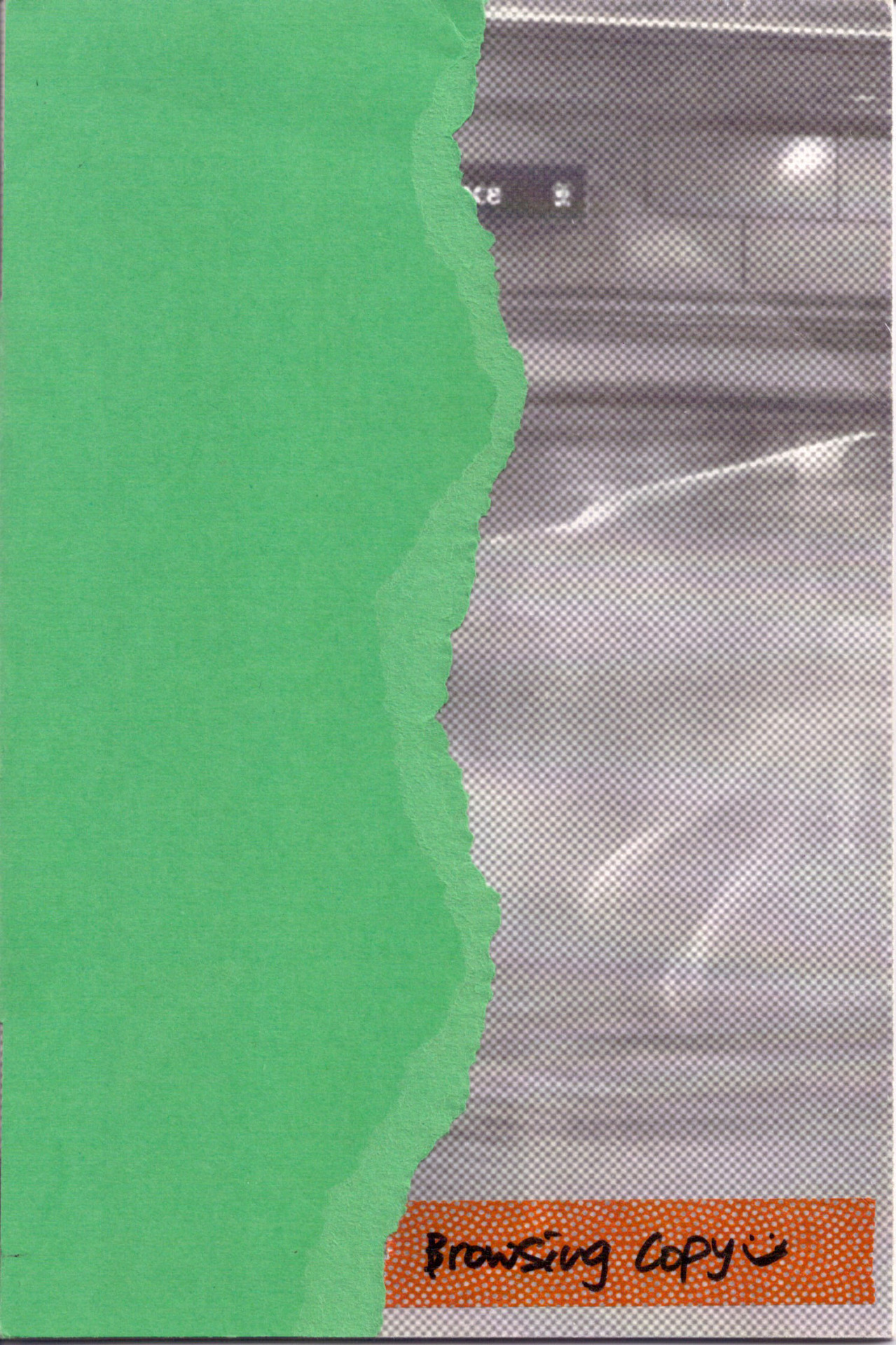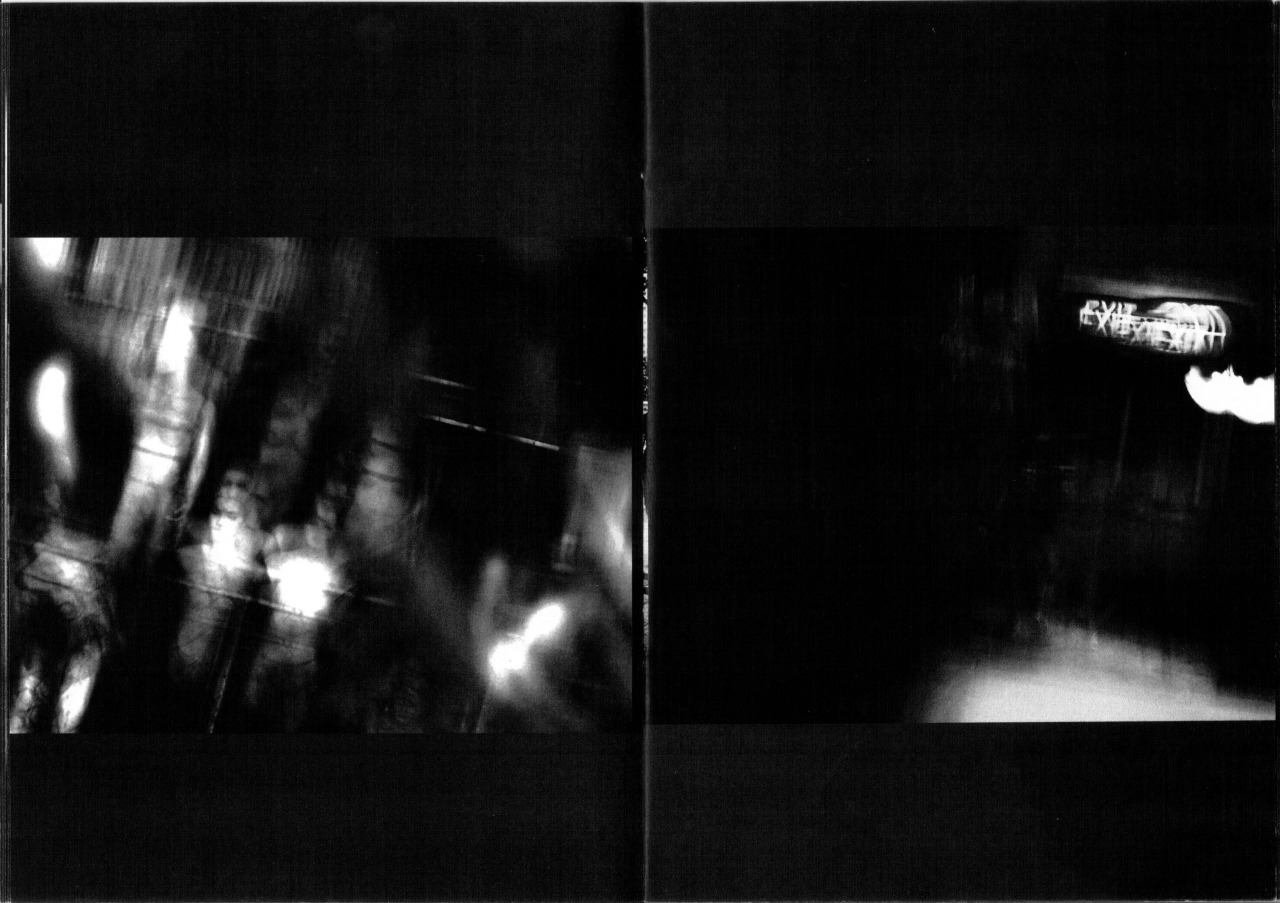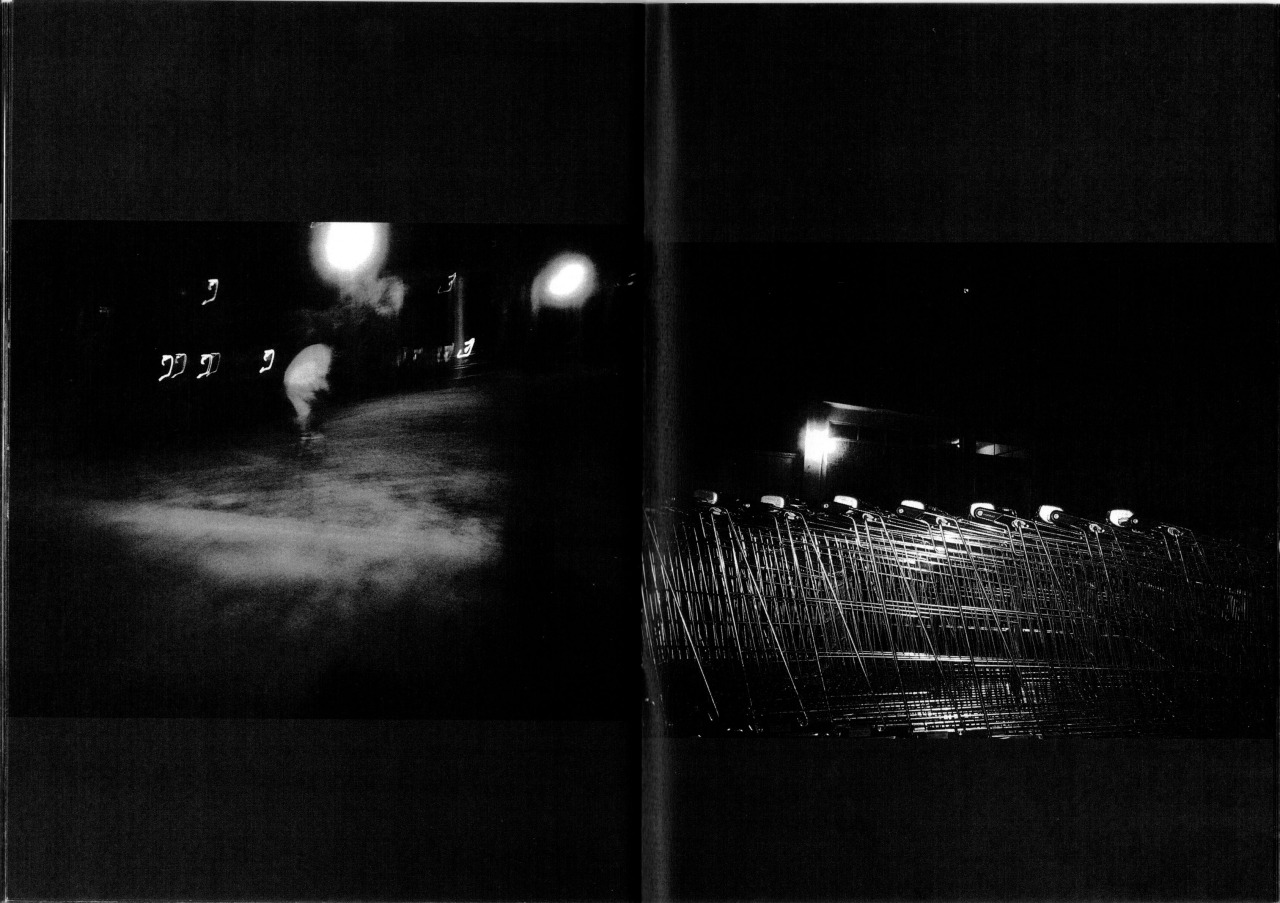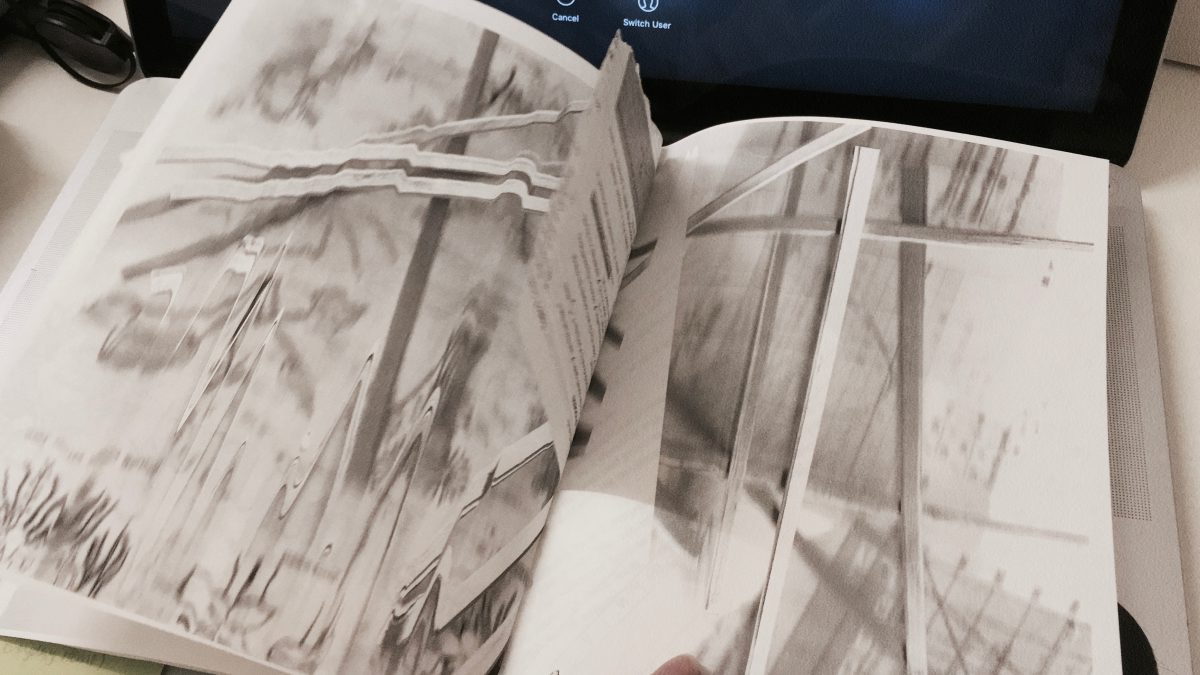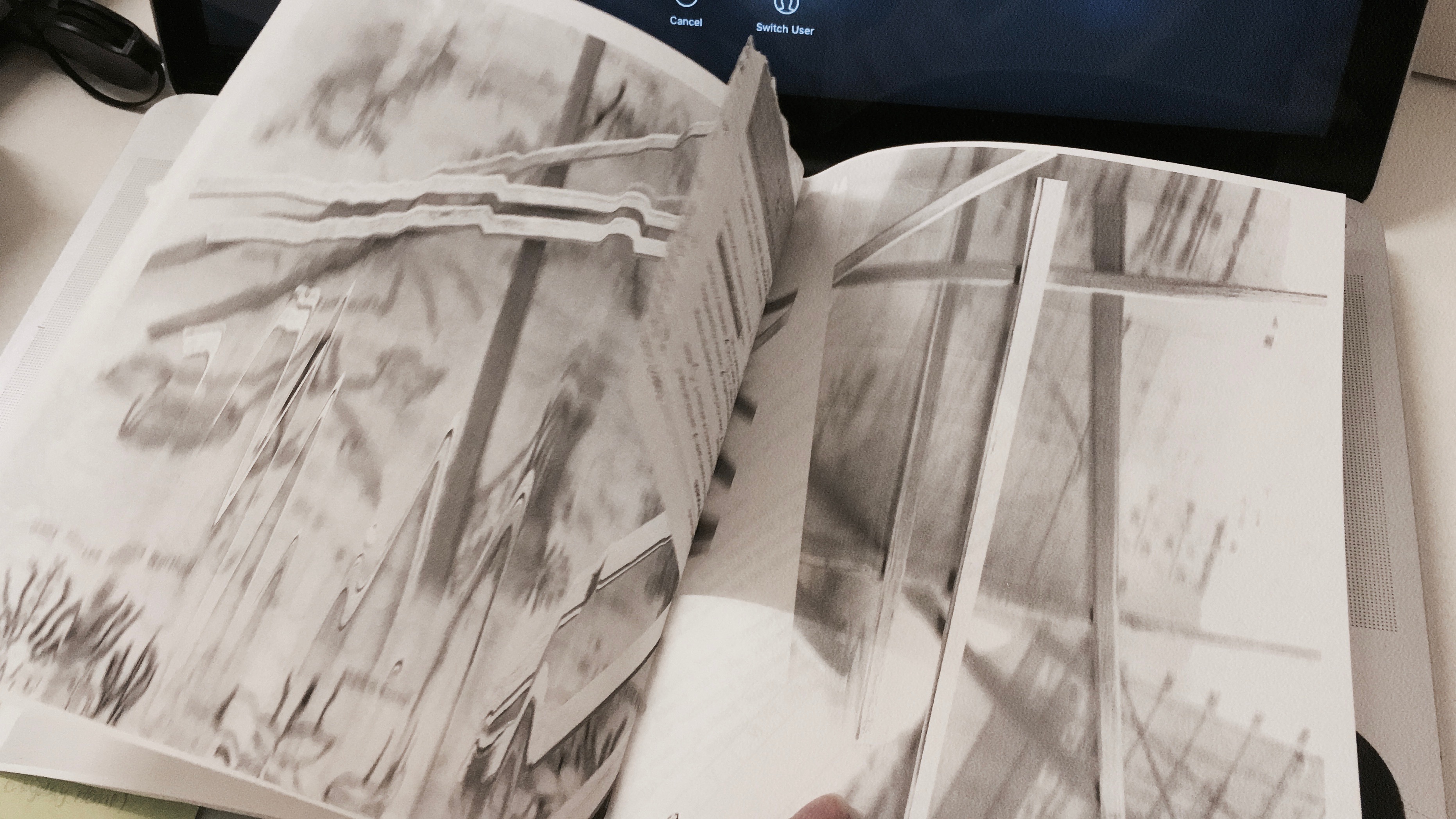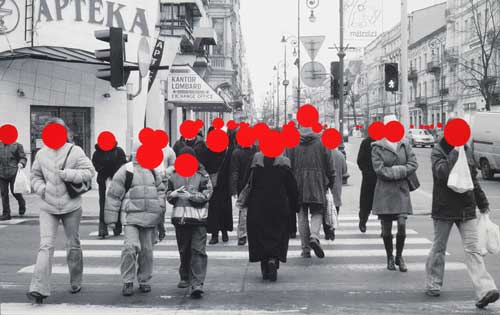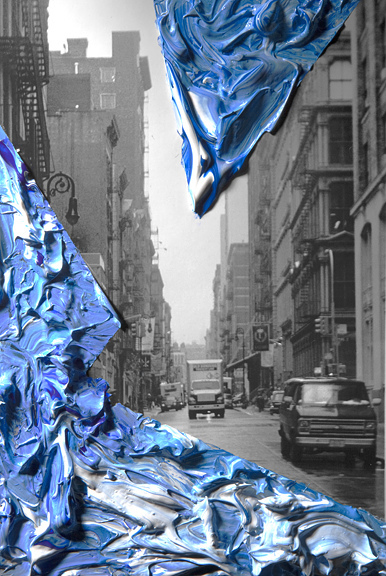Initially, I briefly presented that I would like to explore the theme of Behaviour, which is defined as the way something behaves in response to a particular situation. I identified 3 sub-areas where behaviour can be observed – human, objects & nature, or mix of two. I have yet to decide on a specific direction, but it is likely to be focused on human behaviour as it is the most relatable to ourselves. The two kinds of human behaviour that immediately popped up in my mind are Thoughtless Acts & Reactions.
Thoughtless acts – subconscious actions that we perform without actually taking notice.
 Sitting with a gap between one another, commonly seen on MRT trains & areas where communal sharing is necessary.
Sitting with a gap between one another, commonly seen on MRT trains & areas where communal sharing is necessary.
 Walking/balancing on a platform – for example on the curbs of pavements, long benches, etc.
Walking/balancing on a platform – for example on the curbs of pavements, long benches, etc.

Walking along tiles meant for leading the visually impaired.
Reactions – responses to a certain situation, a way of expressing emotions.

Emojis are expressions that people use to communicate emotions virtually, most often used in text messages as part of sentences.
Browsing usersub.
Gifs are a series of images combined to show a reaction, tell a short story, or a re-enactment of scenes in a humorous manner.
 Memes are usually images or screenshots from a video or movie of a person or situation with a fixed facial expression. It is often accompanied with text that adds a sense of humour to the overall composition. There are many versions of text that accompany a single image.
Memes are usually images or screenshots from a video or movie of a person or situation with a fixed facial expression. It is often accompanied with text that adds a sense of humour to the overall composition. There are many versions of text that accompany a single image.
Ideation
#1 – To do an experimental set-up that catches people in the action of performing a thoughtless act. I observed that people tend to look at themselves whenever there is a reflective surface, to ensure that they look as good as when they left the house. My initial idea was to have a reflective surface with a hidden camera to capture that behaviour.
#2 – To do a compilation of reactions in various forms (online media), to show how an image of a person with a fixed expression can be modified with various types of text and have multiple meanings.
I will try to think more about the theme and if it is what I really want to work on. At the moment it does not feel that right, and I think it is difficult to express something through photography if the creator does not feel for the project. Hoping the right inspiration will come soon!

























